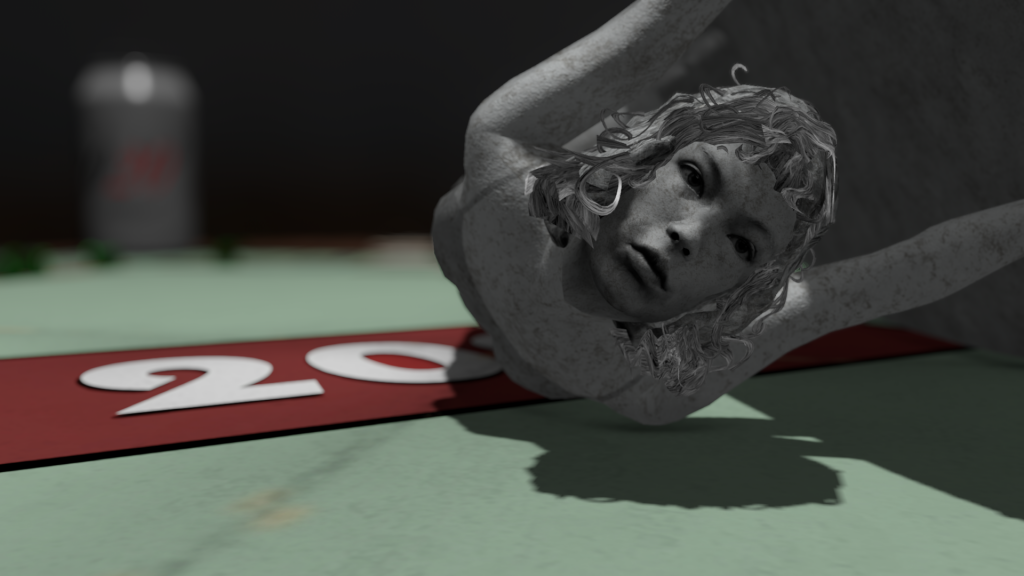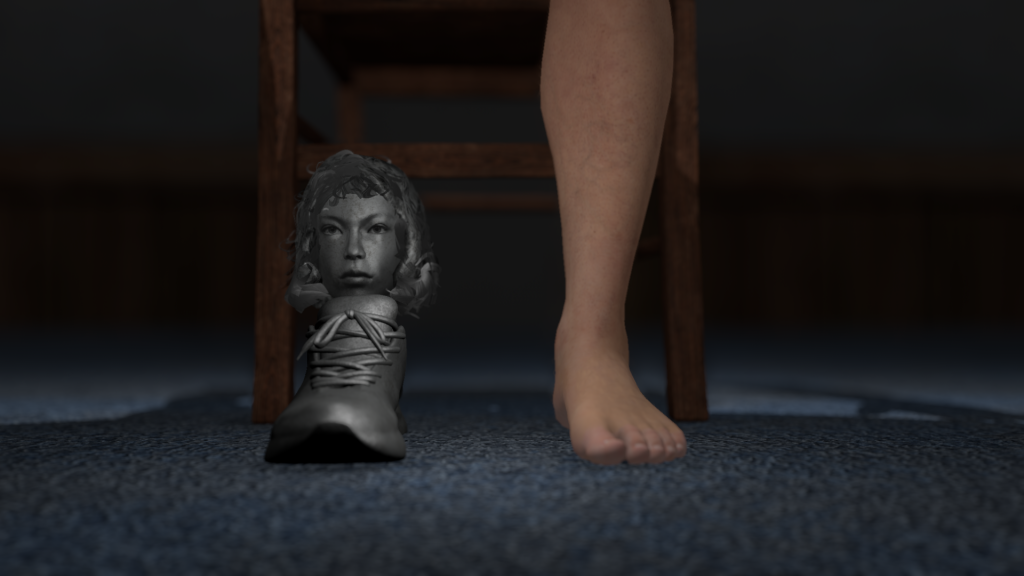People
‘They’re Very Similar Attitudes’: Artist Issy Wood on Her Double Life as a Painting Sensation and Ascendant Pop Star
We caught up with the artist about how the music and the art industries compare.

We caught up with the artist about how the music and the art industries compare.

Naomi Rea

Interest in the young painter Issy Wood has been growing rapidly among collectors and museums in recent years. Fans of the London-based artist know her for her dreamy figurative paintings, which can sell from anywhere between $2,000 and $75,000. She is represented by taste-making galleries Carlos/Ishikawa in London and JTT in New York, and her work has been shown at institutions worldwide, with her next big solo exhibition coming up at Beijing’s X Museum. What is less known, though, is that the up-and-coming talent also moonlights as a musician—and now that second career is also poised to take off.
Wood signed with star producer Mark Ronson’s Zelig Records a year ago, and has just released a new single, titled “Debt.” The song’s doleful lyrics are offset with a disturbingly bopping rhythm, and accompanied by a video directed by the artist, featuring a morbid game of emotional monopoly.
Ronson says he appreciates Wood’s knack for “making despair and angst sound so, well, funky.” In a statement, the producer says he was “blown away” by the artist’s polymathic abilities to write, play, program, produce, and perform. “The dark wit of her lyrics, the glitchy but always head-nod inducing beats, the earworm melodies, and harmonies that sound like the Andrews Sisters on ketamine—there are so many unique things about it,” Ronson says.
Wood is all set to release her first EP with the label on December 4, Cries Real Tears!, which includes her debut single released last week, “Cry/Fun.” We spoke to the artist about where her music and art practices meet, her experience working in two very different industries, and how Mark Ronson ate all her blueberries.
Which came first, your interest in music or art? How did the two interests develop alongside one another?
Oh definitely music. I saw the Spice Girls live as a kid shortly before they split, though I think Geri Halliwell had left by then due to fatigue. I was in a couple of grunge bands as a teenager; I played bass but quietly yearned for frontwoman status. Art didn’t enter my life until a lot later, then it completely took over.
Do you approach making music in the same way you do painting? How do your two different studio modes compare?
They’re very similar attitudes—I make a lot of paintings and songs very fast, and being in the proverbial zone with each is as close to a meditation practice as I’ll ever get. Both painting and producing music deal with layers, scrapping the parts you don’t want, and happy accidents.
I have a whole inferiority complex around the music, though, because I’ve been painting for six years, and only making music for two. I make art from the morning to late afternoon and go straight home to my music area to make up for lost time. When I say “music area,” I mean a kitchen table covered in equipment.

Still from the music video for Issy Wood’s single “Debt” (2020).
Your paintings have been described as having a “medieval millennial” aesthetic, infusing contemporary anxieties into a more classical style. Would you say there’s a similar way of looking at your music? What are some of your influences, and are you indebted to, say, the madrigal tradition at all?
God, that “medieval millennial” thing has really stuck. I said it as a joke once or twice and now it won’t go away. It definitely still rings true in my painting, but I’m not sure I could make the same claim for my music—I don’t own a lute. I do, however, have a couple of instruments from the 1980s, which is an era I wasn’t around for. One of them is on loan from Mark and I should really ship it back to him.
How does working in the music industry compare to working in the art industry?
I was writing about this last week with an artist friend who dates a musician. He said, “the art world feels so ethical to me now,” and I thought, wow, you know things are getting weird when you start thinking the art world is ethical. After a year of legal back-and-forth with Sony and a ton of copyright issues concerning the visuals I’ve made to accompany the music, though, I kind of agree.
In art we don’t really do contracts, and that leaves only blind trust. Perhaps some artists have been screwed by this lack of paperwork, but I’ve really benefited from it. The 50/50 sales split between artists and dealers has taken on an almost sacred status in my head, because the label to artist ratio is far more lopsided. What music has that art doesn’t, however, is indiscriminate reach. I like that a teenager in, say, rural Kansas, could hear my music and feel something. That teenager isn’t getting a VIP pass for Basel.

Still from the music video for Issy Wood’s single, “Debt” (2020).
How did you end up working with Mark Ronson, and what was that like?
I’d been tentatively sending my music to my friend Chloe, who met him at a party in 2019, and, since I don’t go to many parties, who kindly offered to hustle on my behalf. He liked what he heard, and came to my studio to talk.
He loaned me the aforementioned instruments over a couple of months, and was so pleased with how I put them to use he came to my house around New Years, ate most of my blueberries, and offered me a deal with his label, Zelig. A year later, he’s still the first person I send my new music to.
You directed the video for “Debt,” but enlisted another artist, Stuart Middleton, to work on the video for “Cry/Fun“ (which features a stop-motion animation rat who has a “taste for pain”). How does this visual side of the music stuff relates to your visual art? Did you ever consider working under different names?
Honestly, I was reticent to make visuals for the music at all. My first few self-released EPs just have my paintings as the artwork, and I like the simplicity of that. Making video is not my forte and, believe me, I spent a chunk of my BA at Goldsmiths pretending otherwise. Luckily, I’m surrounded by people who do it well, and though I’m learning that a good art video and a good music video are two very different things, letting Stuart do his thing uninterrupted was ideal. The computer-generated imagery for “Debt” was, funnily enough, made by my gallerist Vanessa Carlos’s older sister, though directed and edited by me. It’s not something I would ever have made, but as a quasi-artwork playing by different rules, I’m happy I did.
I considered working under a pseudonym for the music, but no name really fit. A friend told me very early on that it’s cooler to keep my name attached to it, to be able to say “hi, I do both of these things. You may not like either of them, but I can live with that.”